Flowers were always one of the best decorations of the site. It is worth bloating, and everything around will be filled with bright colors, thereby amazing in the most magnificence of passers-by and guests. To flowerbed on the site bloomed with bright shades as early as possible, many gardeners are already at the beginning of autumn plant various perennials. Perennials are called herbaceous decorative plants that winter in the open soil. On the features of landing and care for these types of colors - further in the article.
Basic moments
Some of the types of perennials still need to be covered by the winter. In addition, when careing such plants, it is necessary to ensure that a sufficient amount of light is present, and the requirements for the composition and humidity of the soil is observed. In watering should be aware of the measure. When growing perennials, first of all, it is necessary to pay attention to the selection of frost-resistant plants. Heat-loving perennials will have to dig up for the winter and keep in a warm place before the onset of spring.
Some plants grow well in the event that the gardener will create all the necessary conditions for normal development. For each culture, the cultivation conditions differ. So, Edelweiss Alpine is growing well only on limestone stony soils. Passing grows in the sandy soil. Geniolimon loves stony soil illuminated by the sun. While fern leafle and Jeffersonia prefers to grow in the shade. Three trilliums grow on woody areas in the shade. When leaving for perennial flowers, it is important not to forget that light-loving plants react negatively even for a small shading. Such a group includes steppe, meadow and rock cultures.
Shadowish perennial plants, to which, in particular include lilies, phlox and loyers, can grow both in the sun and in half. Perennial who love the shadow, poorly tolerate under the bright sun. This group includes, for example, such plants like combining, hoofs, winds, ferns and thrilloums. The normal development of garden crops depends not only on the amount of the resulting light, but also on the duration of the daylight. Different plants have various requirements for this account. So, there are those cultures that are not needed for full growth to shine the sun long. These, in particular, include Asters, Chrysanthemums and many perennial plants from the southern regions. It is necessary to take into account when landing perennial chrysanthemums.
In a separate group, plants can be distinguished that grow well only in the conditions of a "Long Day". Cultures belonging to this group, for the most part, are origin from the northern regions.
In a separate class, neutral plants are counted, which normally react both on a long and short day. Forest plants are mainly here.
In addition to light, the cultures for growth and development requires normal air and soil temperature. Without compliance with these conditions, the exchange processes will not happen.
Planting perennial flowers
People who have little time spend on the summer plot are best grown unpretentious cultures. And the owners who have the opportunity to highlight enough time to visit the cottage, can practically do not limit themselves in choosing plants for planting. In any case, it follows only those cultures that are suitable for climatic conditions available at your summer cottage.
Many perennial cultures that grow in wild conditions can be transferred to the cottage, but at the same time not to cause damage to nature, it is important to comply with some rules:
- So, it is impossible to dig flowers where there is little growing. It is better to find for this thicket, where digging a pair of seedlings will not damage the development of other plants.
- In addition, only young plants are best digging out. And do it best in the second half of summer. At this time, leaves manage to reveal well.
- Do not stand in a wooded area digging single specimens of plants, because They can belong to rare varieties.
- Also, it is not worth transplanting the plants later than August of the month, because They will not have time to root before the onset of cold weather.
As for the perennial cultures themselves, they live long enough. Good data flowers in that one of the first are allowed by greens after the snow. This is largely possible thanks to the frost resistance of most varieties. In addition, they attract gardeners by the fact that they are easier to care for them than many annual plants. Often, perennial flowers can bloom twice the season. Perennials are planted usually with seedlings.
There are quite many varieties of plants that are valued not for the beauty of flowering, but for the attractiveness of decorative leaves. Flowers of such plants are not obvious, but due to the leaves they are great for the preparation of garden-park compositions.
Timing and landing rules
As mentioned above, for normal growth, many years of cultures are important not only the amount of light, but also the duration of the light and dark time of day. In addition, the temperature of soil and air has a very important effect on the development of plants. Therefore, most perennials are recommended to plant autumn. During this period, the soil is much easier to pierce than in the spring. After all, it warmed throughout the summer. After planting the plants do not need to water. After all, the soil is already moistened with seasonal rains. So after landing perennials, they began to bloom for the next year, you need to plant express varieties in the fall. Flowers are best fill as long as the cold has come so that they can have flourished in the spring. This rule refers to the landing of Rudbecia many years, as well as other perennial crops.
Bulb plants that begin to bloom early, usually planted from September to October. The settlement time is best chosen depending on the current season and climatic conditions. But this should be done no later than a month before the onset of frosts. If planting plants is too early, it can lead to early germination, which negatively affects sprouts when the first cold weather occurs.
If you have an open sunny plot, then it is better to plant the following many years: dahlias, hyacinths, daffodils, tulips, muscari, chioneoxes. In early September, you can deal with the separation of rhizomes of irises and peonies, and before planting it is desirable to spray ash or wood coal. Rhizomes can also be separated by phlox. Seeds, too, can be multiplied, but it turns out worse. These are the basic rules for planting phlox perennial. Much better to cultivation of seeds include poppies, nasturtium, sparking and liatris.
For a couple of weeks before frosts, you can plant perennials that will bloom for next year in summer. In the second half of September, the division and transplant of Floxes, Dolphinium and Akviliagia are proceeding. Landing the cloves is usually produced using seeds. The same applies to the cultivation of chamomile, lavender, flax, calendula and cornflower.
Preparation of seeds and soil
Perennials can be purchased for landing in different kinds. For example, plant seeds, rhizomes or adult seedlings. The last option is usually sold in a container. A fairly common practice is to take rhizome with shoots in the next site. If you have already acquired an adult plant, then it is necessary to inspect it outwardly - it should not be "dumped", dried. If the seedling looks healthy, then it needs to be planted as quickly as possible. The plants grown in the container should not be renovated before landing in the ground. Therefore, inspect the acquired plant for signs of this. Rhizomes, which are usually packaged, should not be cut. Perennials are often sold with peat, which should not be dry. The advantage will be small sprouts. Before the landing, it is advisable to place the root in the box with the ground.
For any perennial, the soil should be prepared in advance. It is hampered for this, the required amount of fertilizers contributes, vitamins and trace elements are added. In some cases, antibiotics are still made if necessary. The depth of planting depends on the type of plant, as well as from the composition of the soil.
Special caution should be observed when planting plants that bloom in autumn. The root system of such cultures is rather fragile, it can be damaged when landing. Therefore, you should try to disembark them with minimal damage. So you save the bloom, and let plants be rooted quickly after landing.
Perennial care
Perennial care implies such works as loosening, watering and fertilizer. Although these events for perennial plants produce less often than for annuals, however, they are very important. By the way, instead of loosening for perennials, it is recommended to carry out mulching. This is due to the fact that such plants have roots usually arrange close to the surface.
As for watering, it is often necessary to water, especially before and during flowering. Regular watering is required during drought and heat. To do this, it is best to use warm water. If there is only cold water from the well, then it should be warm. For example, you can pour it into a barrel standing in the sun. Not only water temperature, but also irrigation technology is important. So, for this purpose, it is recommended to wear a sprayer on the hose, and not to water the jet.
Together with watering, it is recommended to make fertilizers, but you should not "overdo it" with this. The first time to make fertilizers for perennials follows in the spring when snow comes down. Then the feeders are added during the formation of buds, during flowering, and also after the plants are swinging. In the spring time, organic fertilizers are best. When perennials begin to bloom, then you should switch to mineral mixtures. The last feed must be made until the second half of September.
In the late autumn, perennials are prepared for wintering. At this time, the plants need to be cut as low as possible so that flower beds are clean and neat. Then you do not need to do under the spring. In addition, making trimming in the spring, you can damage young shoots. Dry tops in the fall, too, should be removed. After all, it loves to shave the mice. Obviously, the trimming is needed only for perennials growing no first year. If the flower is planted with this fall, then the trimming is not required.
Heat-loving and rare perennials, which grow on the site not the first year, after trimming, you need to insulate. The same applies to all new plantings of perennials. For insulation, you can put a couple of layers of Loutrasil, cutting out a rectangle of the desired size from it. If the perennials are planted in the Alpine Gardens, they will need to be covered in any case for the winter. The fact is that these territories are most susceptible to winds. But the lapper for insulation is better not to use, because He protects badly from frost. In addition, he attracts rodents. When spring comes, shelter from perennials will need to be removed.

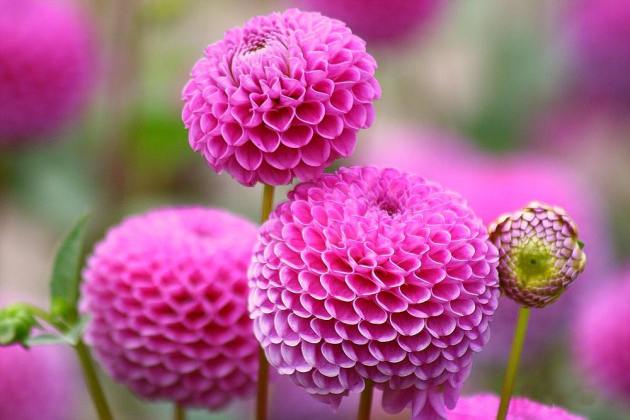
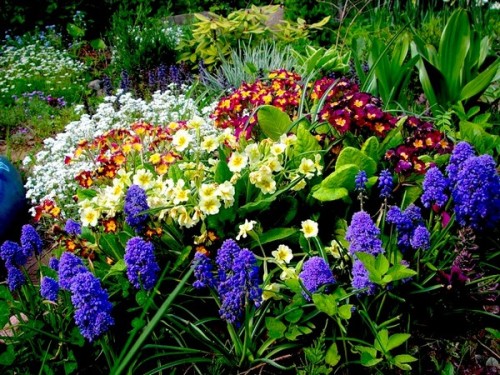
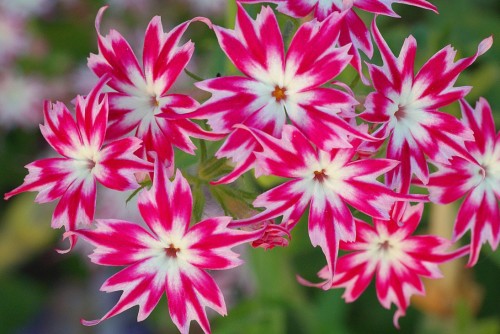
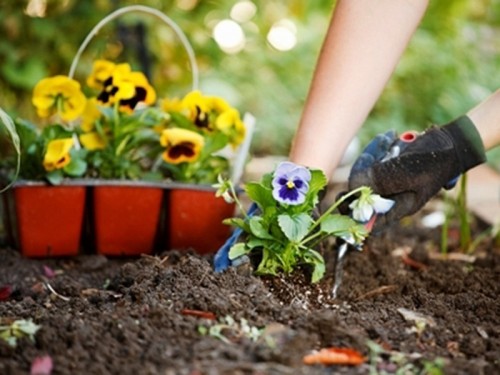
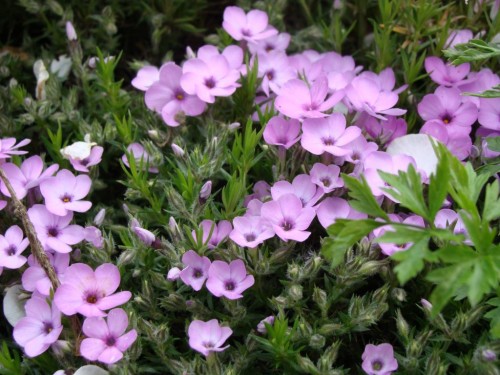
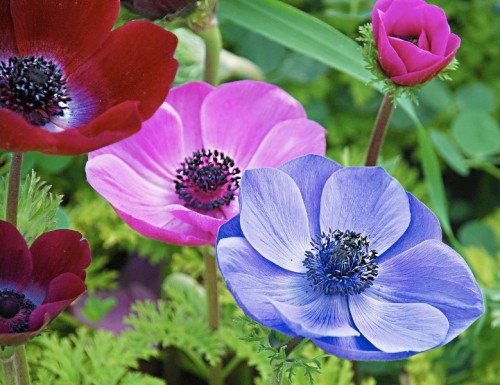
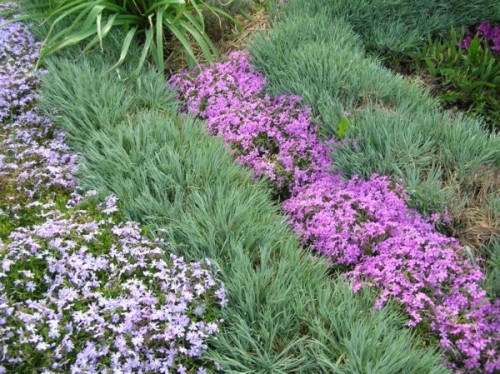












 Start a discussion ...
Start a discussion ...